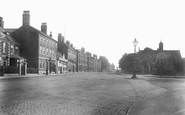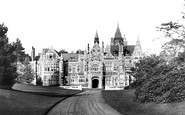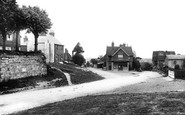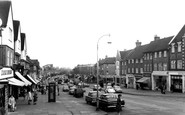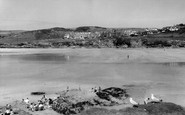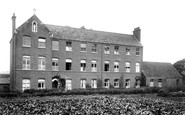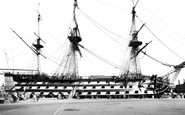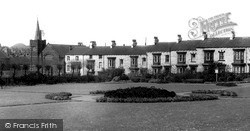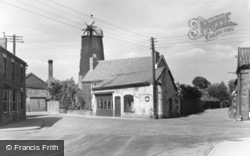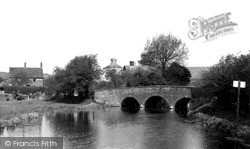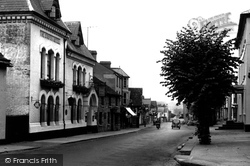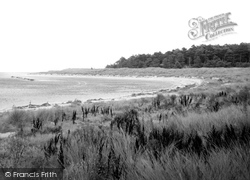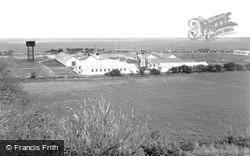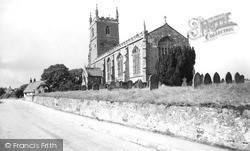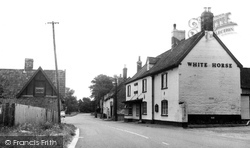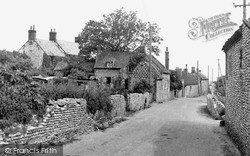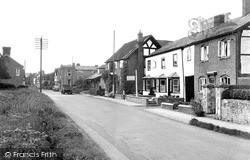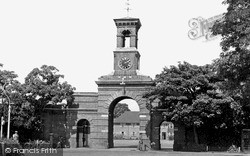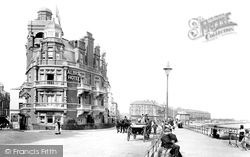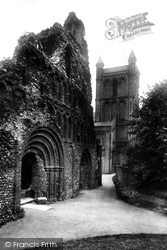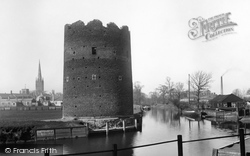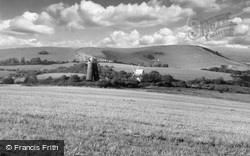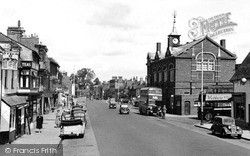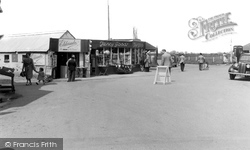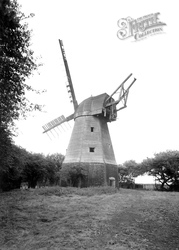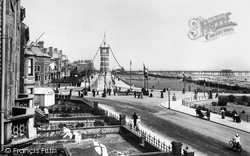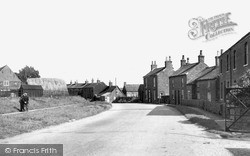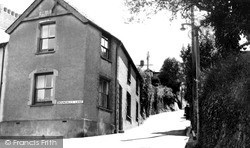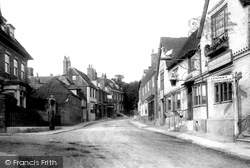Places
Sorry, no places were found that related to your search.
Photos
Sorry, no photos were found that related to your search.
Maps
Sorry, no maps were found that related to your search.
Books
Sorry, no books were found that related to your search.
Memories
655 memories found. Showing results 81 to 90.
Pastures Avenue, Nottingham
I remember Clifton in a different light. We lived at 17 Pastures Avenue during 1966/7, my brother or one of them, he's the youngest, was born there. I met my half sisters and brothers there. I have always liked ...Read more
A memory of Newark-on-Trent in 1967 by
School Days
Before becoming the home of George Harrison of the Beatles, Friar Park was run as a school by sisters of the St. John Bosco order. This was my first school and I remember having to walk all the way to the main door along the ...Read more
A memory of Henley-on-Thames in 1960 by
Happy Times
As children we were very priviliged to be part of the village community. We spent many carefree hours playing and making camps in the woods and fields, sometimes we would venture further but had to keep a watchful eye for the ...Read more
A memory of Turners Hill in 1965 by
The Bell Inn
I moved to Outwood 10 years ago to work at the Bell Inn. With its own unique charm I was taken with it from the moment I entered. Originally run by a Mr. John Lane the pub was sold a few years later to a private investor and was sold ...Read more
A memory of Outwood in 2008 by
My Apprentice Days With Northmet Electricity (Eeb)
I was born in Elmgrove Crescent Harrow in 1933 and lived in Pinner Road North Harrow, moving to Wealdstone in 1934. I started at Bridge Scool in 1938 and followed on to Belmont Sec. Modern School ...Read more
A memory of Kenton in 1948 by
Family Holidays
We had many happy family holidays at Polzeath. We always stayed in a bungalow above Tristram Cliff and could walk down across the fields to the beach. In the early days cars were not confined to the area at the top of the beach and ...Read more
A memory of Polzeath in 1960 by
The Convent
My father died the year after I was born and his employer Burton's, provided for myself and my three brothers to attend private schools, which is how I came from London to the Convent at the age of 4. I followed my brother Colin who ...Read more
A memory of Bridport in 1947 by
"Kiss Me, Hardy"
I've only been onboard the Victory once. It was enough to profoundly strike my imagination. I stood where Nelson fell ! It brings tears to my eyes to think of it now as I write. She is an incredible vessel. You can almost hear the ...Read more
A memory of Portsmouth in 1955 by
Little Sutton In 1950s And 1960s
What memories your comments conjure. How I loved the 'rec' as a child. We started on the 'baby swings' and progressed to the 'big swings' and see-saw and round-a-bout. The old shelter there was a favourite ...Read more
A memory of Little Sutton in 1960 by
Evacuee During World War 2
I was privately evacuated to Croxton Kerrial with my sister in 1940, we were billeted in a cottage named Woodbine Cottage, this was next to the Bakery. We attended the village school, I still remember some of the ...Read more
A memory of Croxton Kerrial in 1940 by
Captions
405 captions found. Showing results 193 to 216.
This handsome terrace of Victorian houses, built in distinctive white 'Pease' brick overlook the Coronation Park.
The mill was a Lincolnshire-style brick tower with an onion-shaped cap. It had five patent shuttered sails, as is indicated by the five-way cross on the front of the windshaft, and a fantail.
Sitting in the delightful Kennet valley a couple of miles east of Marlborough is Mildenhall - known locally as 'Minal'.
Being so close to the English border, indeed partly on the border, this town was and is the natural entry point into Wales for travellers and tourists.
The beach is an area of outstanding natural beauty, and the dunes form a National Nature Reserve.
The Stiffkey Anti-Aircraft training camp was erected as a satellite to the larger AA camp at Weybourne in the late 1930s.
The church of St Peter, in North Street, has a superb Norman doorway, possibly the best in the county (so the experts say), and the church has further Norman architecture inside.
The drainpipe (right) marks the division between the timber-framed building of 1694 to the left and a Victorian brick extension nearer to us.
The Church of St Mary stands at the top of the hill above the old Cluniac Priory of Prittlewell.
This scene is characteristic of the North Norfolk coast: the walls and houses are built of whole flints found in the fields or on the nearby beach.
There are a number of lovely timber-framed buildings in this village, and many more that were once of timber, until a brick façade was added at a later date.
This imposing brick gateway, surmounted by a clock tower, was built 1860-62.
Past the Georgian remains of Sea Houses, at the junction of Royal Parade with Seaside, is the flamboyant Albion Hotel, now renamed the Carlton Hotel, its red brick all colour- washed.
Like St John's Abbey, St Botolph's Priory lay outside the town walls. It was founded before 1100, but never grew very large.
This massive medieval structure, formed of flint and ruddy Dutch bricks, squats close by the river, near Bishop Bridge.
The Clayton Windmills were built in the 19th century. Jack, on the left, is a large brick-built tower mill which was worked until the early part of this century.
A No 82 bus stands outside the Victorian red brick Town Hall. Thame became a market town during the 13th century, and its importance as a commercial centre is still evident today.
Again we see the village centre, with another of the special seaside shops that sold everything needed for a seaside holiday.
It was dismantled in 1959 and the parts were taken to County Oak, near Gatwick Airport, but have not been reassembled.
The garlands from the formal opening are still evident in this view, in which visitors admire the pristine stone and brick of the Clock Tower.
This view looks east along the main street.
Windmill Hill leads up from the site of the old West Gate, demolished at the start of the 19th century but remembered in the pub of the same name.
The Church of St Mary stands at the top of the hill above the old Cluniac Priory of Prittlewell.
These two views of the steep high street as it winds up the hill towards Canterbury show some of the rich assortment of buildings built of brick or black-and-white half timbering.
Places (0)
Photos (0)
Memories (655)
Books (0)
Maps (0)

